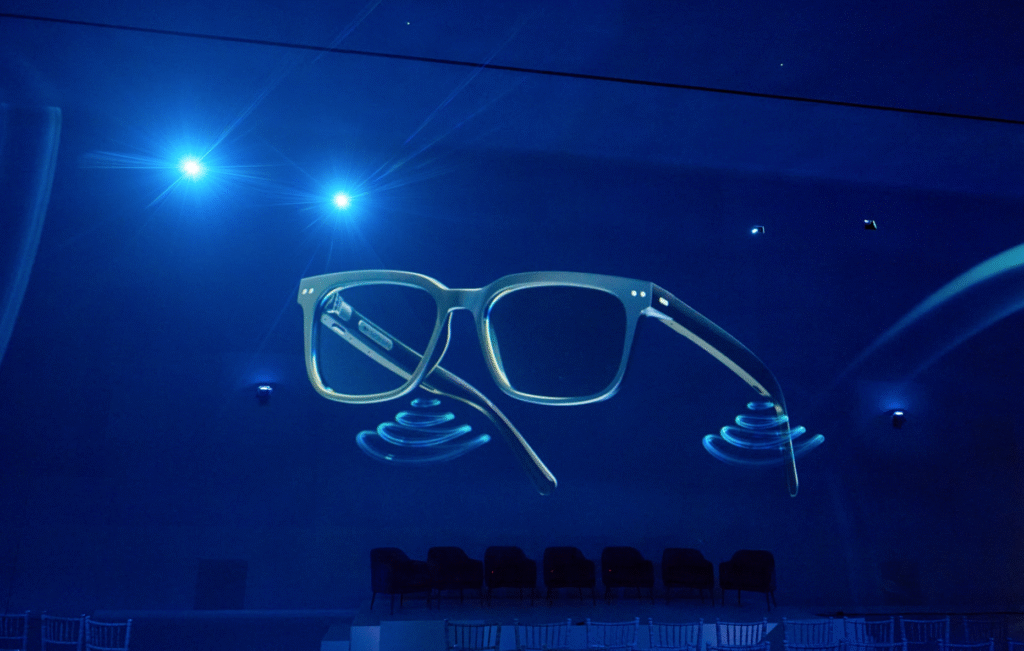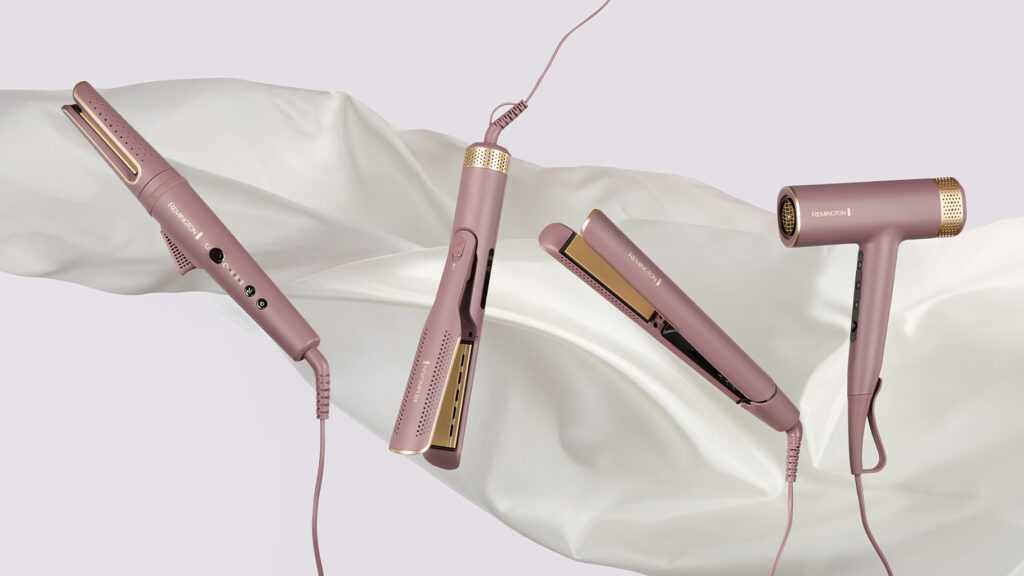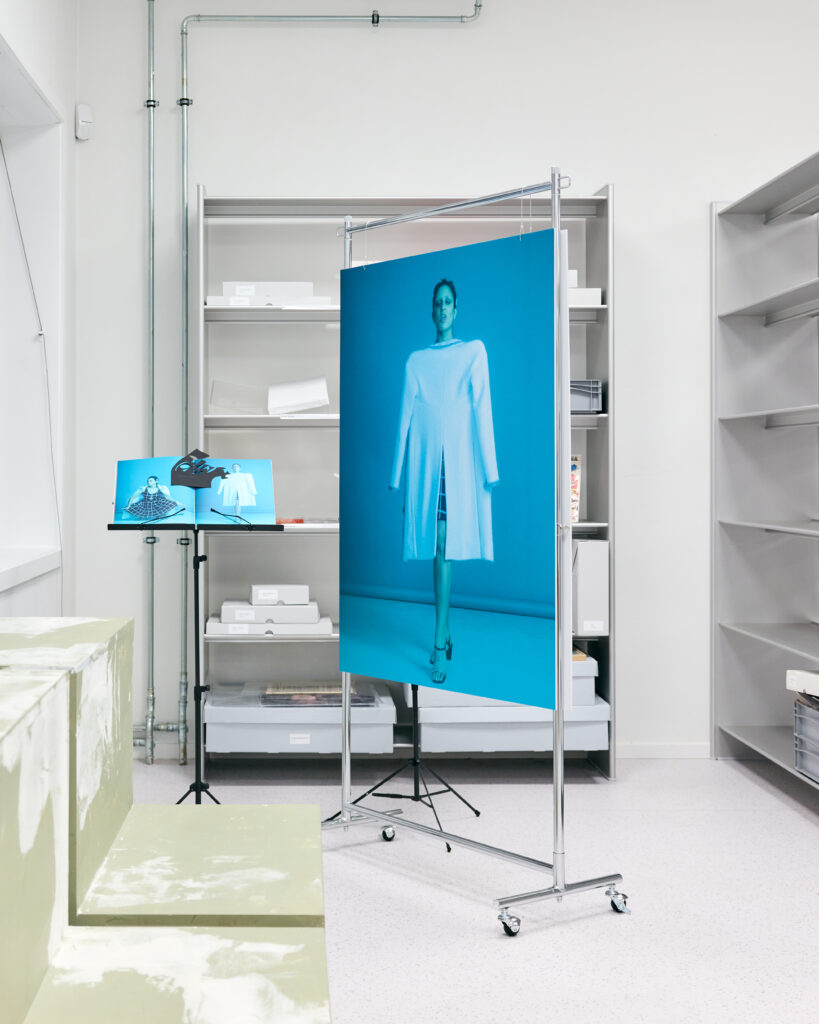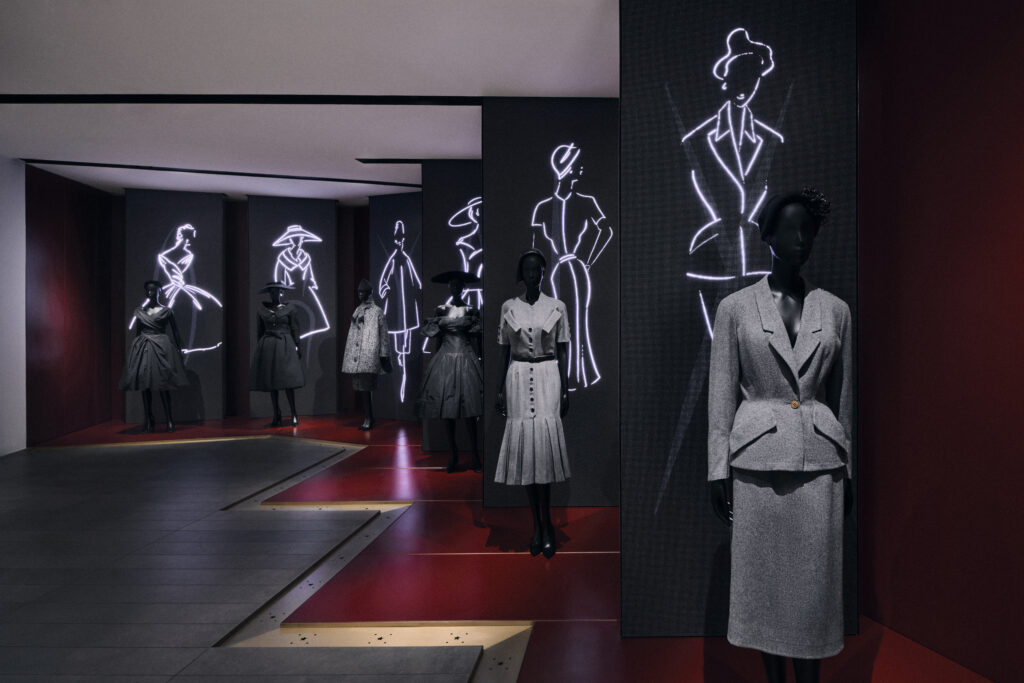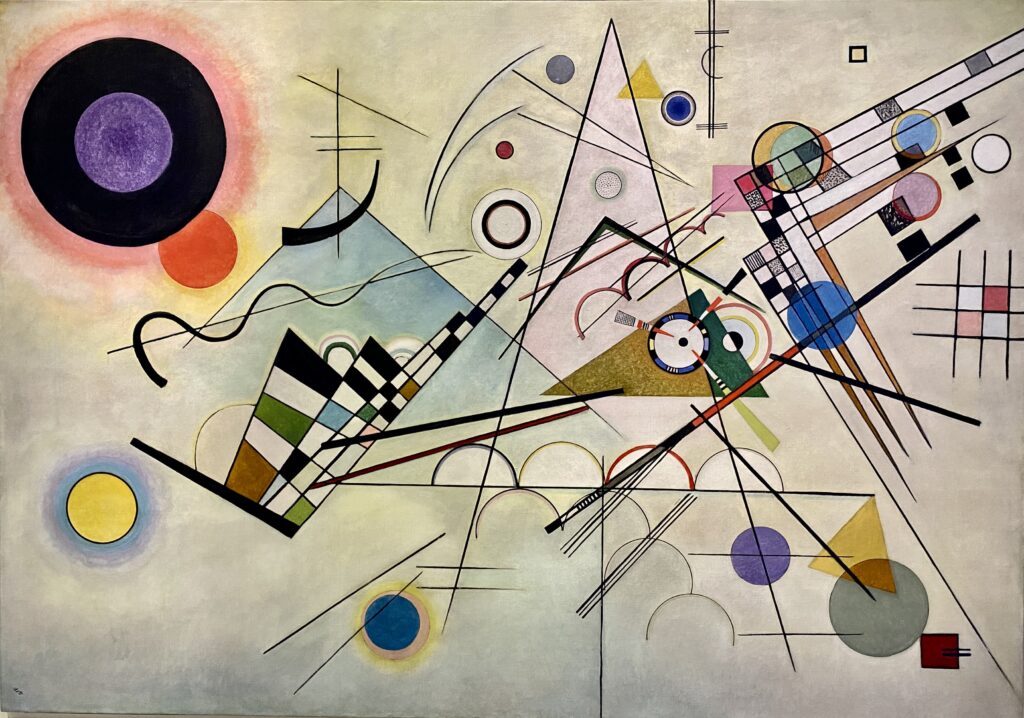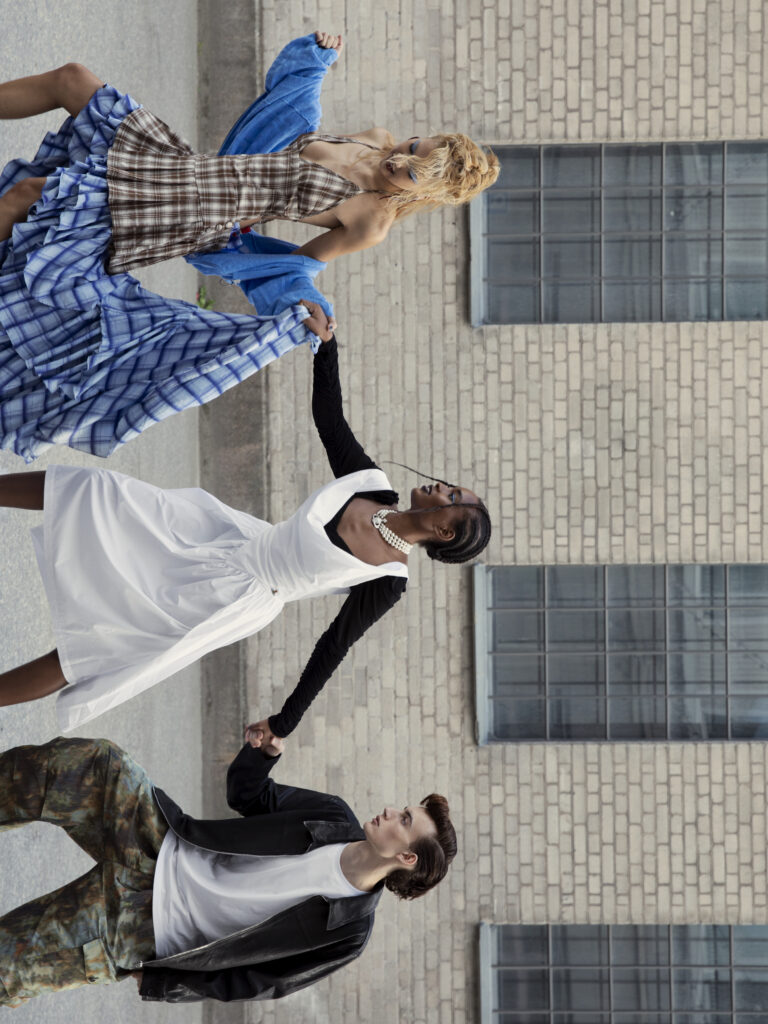Stefano Genco on Nuance Audio and the Future of Smart Hearing Technology
text Ulrika Lindqvist
image courtesy of Nuance Audio
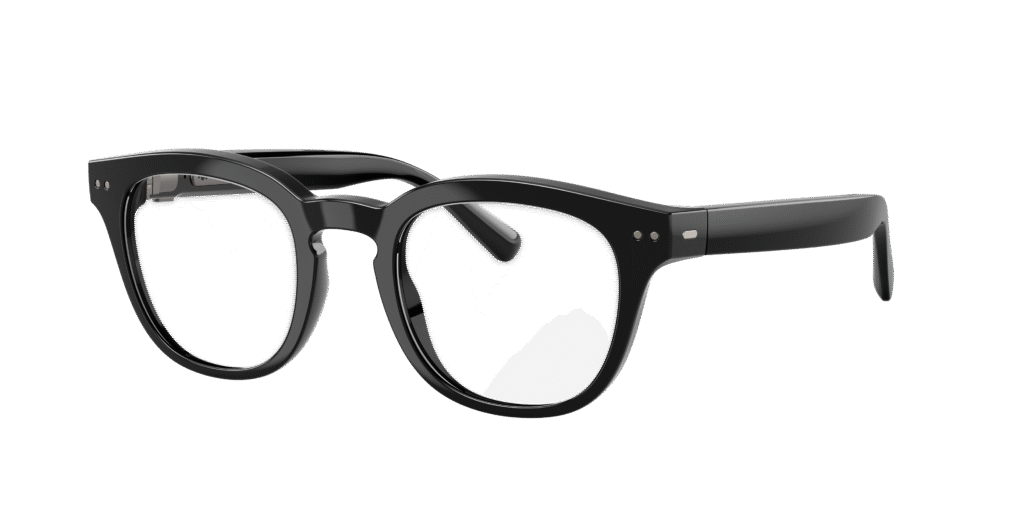
EssilorLuxottica introduces Nuance Audio Glasses — a seamless fusion of style, technology, and medtech innovation. Designed for those with perceived mild to moderate hearing loss, the glasses combine refined aesthetics with groundbreaking sound engineering, offering both clear vision and enhanced hearing in a single, beautifully crafted frame. Nuance Audio marks a major step forward in wearable technology: an open-ear hearing solution discreetly integrated into smart eyewear.
Classified as an over-the-counter medical device in the European Union, the launch defines a new category within medtech, addressing a long-overlooked global need. With an estimated 1.25 billion people worldwide experiencing mild to moderate hearing loss, Nuance Audio aims to remove the barriers of stigma, comfort, and accessibility, proving that hearing support can be as elegant as it is empowering.
Our fashion editor, Ulrika Lindqvist, attended the London launch and panel talk, where she met with Stefano Genco to discuss the journey behind Nuance Audio and the future of smart hearing technology.
Ulrika Lindqvist: Have you worked with EssilorLuxottica for a long time, or did you come in through Nuance Audio?
Stefano Genco: I was working at Amplifon, the global leader in hearing solutions. My boss called me one day and said that he had found the company that can integrate this technology, and “I need you”. We already shared the same vision after several conversations, and he felt I was the right person for the project. That was exactly three years ago. I joined, we finalized the acquisition, and then started hiring engineers and building the team.
UL: How did the development of Nuance Audio begin?
SG: We started by building our own supply chain. It’s not entirely separated from the one used for traditional eyewear, but since we were now dealing with electronic devices rather than standard glasses, we needed specialized equipment. Everything was a challenge for us.
We were familiar with the project with Meta, but the proportion of prescription lenses we deal with is much higher, over 80% of these glasses come with prescription lenses. We had to learn how to mount lenses on an electronic frame, which was not easy. It was the first time in our history that we needed to perform these operations at store level rather than in a production facility.
UL: We had the chance to try the product before the panel talk here at the event, and they were amazing! Can you take us through the technology behind it?
SG: Of course! There are six microphones that capture the surrounding sounds. Thanks to advanced algorithms, the system is able to amplify the right sounds. Here’s how it works: once the microphones capture everything, the algorithm calculates where each sound is coming from based on the tiny delay between signals reaching each mic.
For example, if someone is speaking from your left, the microphones on that side will pick up the sound slightly earlier than those on the right. The algorithm identifies that the voice is coming from the left, but if I’m looking at you and speaking with you, it prioritizes your voice instead, since the delay between the two mics in front of me is zero. It amplifies only the relevant voice.
The sound is then delivered through two small speakers embedded in the temples of the glasses. They transmit the voice directly to the ear without amplifying background noise, so no one around you can hear it. As with any wearable device, every time there’s a firmware improvement, users simply receive a pop-up notification and can update the glasses themselves.
This is a medtech solution, and the medtech sector continues to grow, especially with an aging global population. We’re very familiar with this field, not only through Nuance Audio, but wearable technology always presents the same challenge: creating smaller devices with more functionality and decent battery life. Looking ahead, artificial intelligence will play a major role as well.
UL: What kind of experts did you collaborate with to develop the glasses?
SG: We worked with many experts: ophthalmologists, clinicians, and professors from various institutions. One of the most important was Professor Lin, originally from Johns Hopkins University. We also worked with the National Acoustic Laboratory, the leading authority in audiology, as well as universities in Germany, Italy, Tel Aviv, and Boston.
We created a panel of experts over a year ago. When we had the first prototypes, we let them test the product and share feedback on what needed improvement. Among them was the audiologist who once fitted President Reagan, and Professor Franklin from Johns Hopkins, who is well known for his research connecting hearing loss with dementia.
photography Theo Cohen
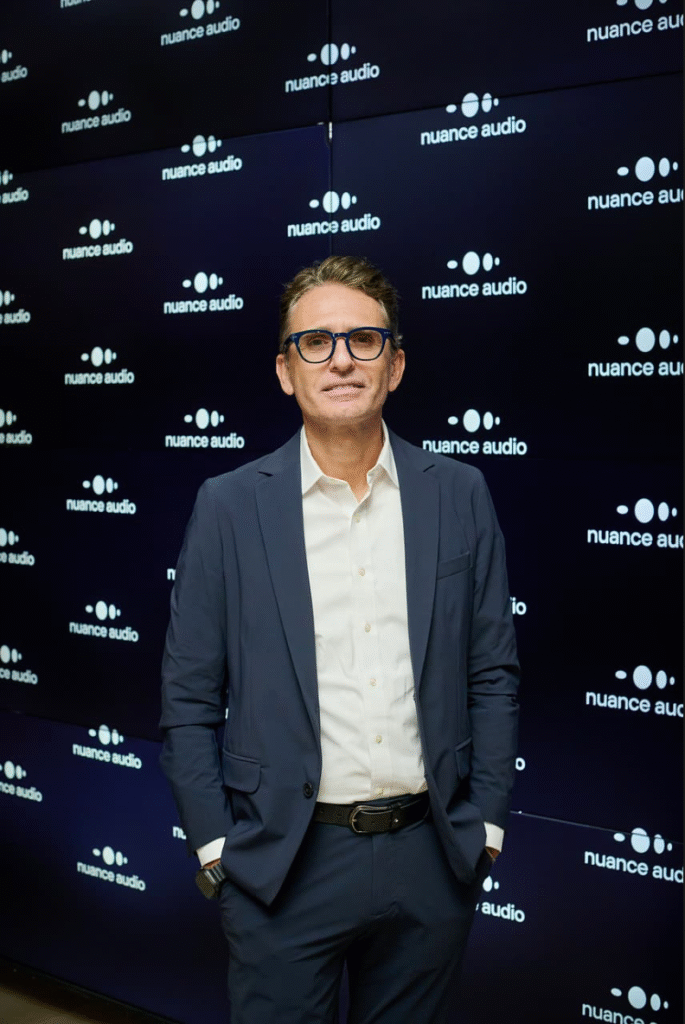
UL: Can you tell us more about the challenges you faced during development? What did you and your team learn from the process?
SG: The biggest challenge was miniaturization. When we acquired the startup, their first prototype glasses had very limited amplification and were extremely bulky. My boss told me, “First and foremost, you must create a beautiful pair of glasses that no one would suspect contains a hearing aid.”
So miniaturizing every component was essential, along with optimizing the battery. We aimed for eight hours of usage, which is the average time people wear traditional hearing aids. We worked with many battery manufacturers to find the right fit. Miniaturization and battery optimization were, and still are, the biggest challenges for the future.
UL: What have you learned – both as a brand and personally?
SG: We’ve learned a lot. In the beginning, we were very good at manufacturing glasses. For instance, our hinges are among the best in the world: they’re expensive, durable, and we know exactly how to assemble them. Everything related to traditional eyewear was straightforward.
But when it came to technology and audiology, we faced challenges in every area. We changed microphones two or three times, replaced the amplifier, and tested several amplifiers before finding the right performance with the MEMS speakers. Each time we didn’t meet our standards, we went back and reshuffled everything.
The more technology you integrate, the more complex it becomes to fit everything into a regular-looking pair of glasses. Miniaturization remains the key challenge.
UL: Do you wear the glasses yourself?
SG: I always wear them. In very crowded environments, I turn them on as it helps reduce listening effort significantly. Let me tell you a true story: most of our main customers are in the U.S., and when I meet them in New York, I often take them to very noisy restaurants, like Zuma. They always wonder why I choose such loud places for business meetings. After a few minutes surrounded by noise, I say, “Okay, I have the solution,” and hand them the glasses. The typical reaction is, “Wow, I can actually hear and understand you perfectly now!”
UL: This has been quite a journey for you.
SG: This is a journey, this is something that of course will not happen tomorrow.
UL: Are there any memorable moments you’d like to share?
SG: There have been many. One that stands out was in April last year, when we were nominated at CES in Las Vegas among the 18 most advanced tech companies. I was there alongside Mr Meta, Mr Google, Mr Apple, and Mr Tesla. We were invited to Washington, D.C. to meet with senators and discuss our innovations. That was definitely a milestone moment.
photography Theo Cohen
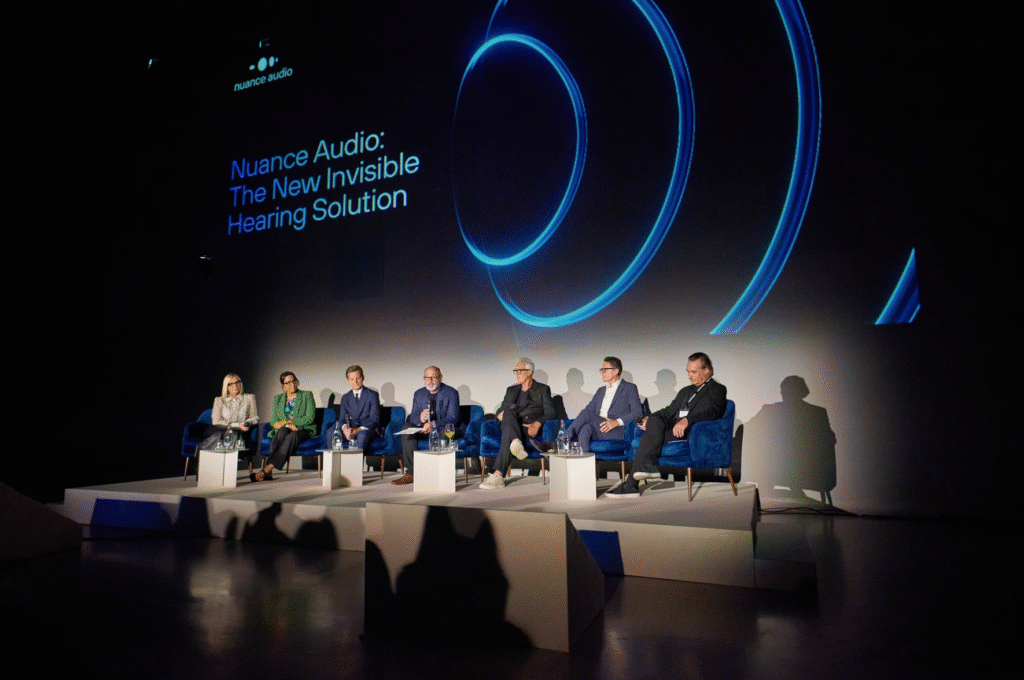
photography Theo Cohen
